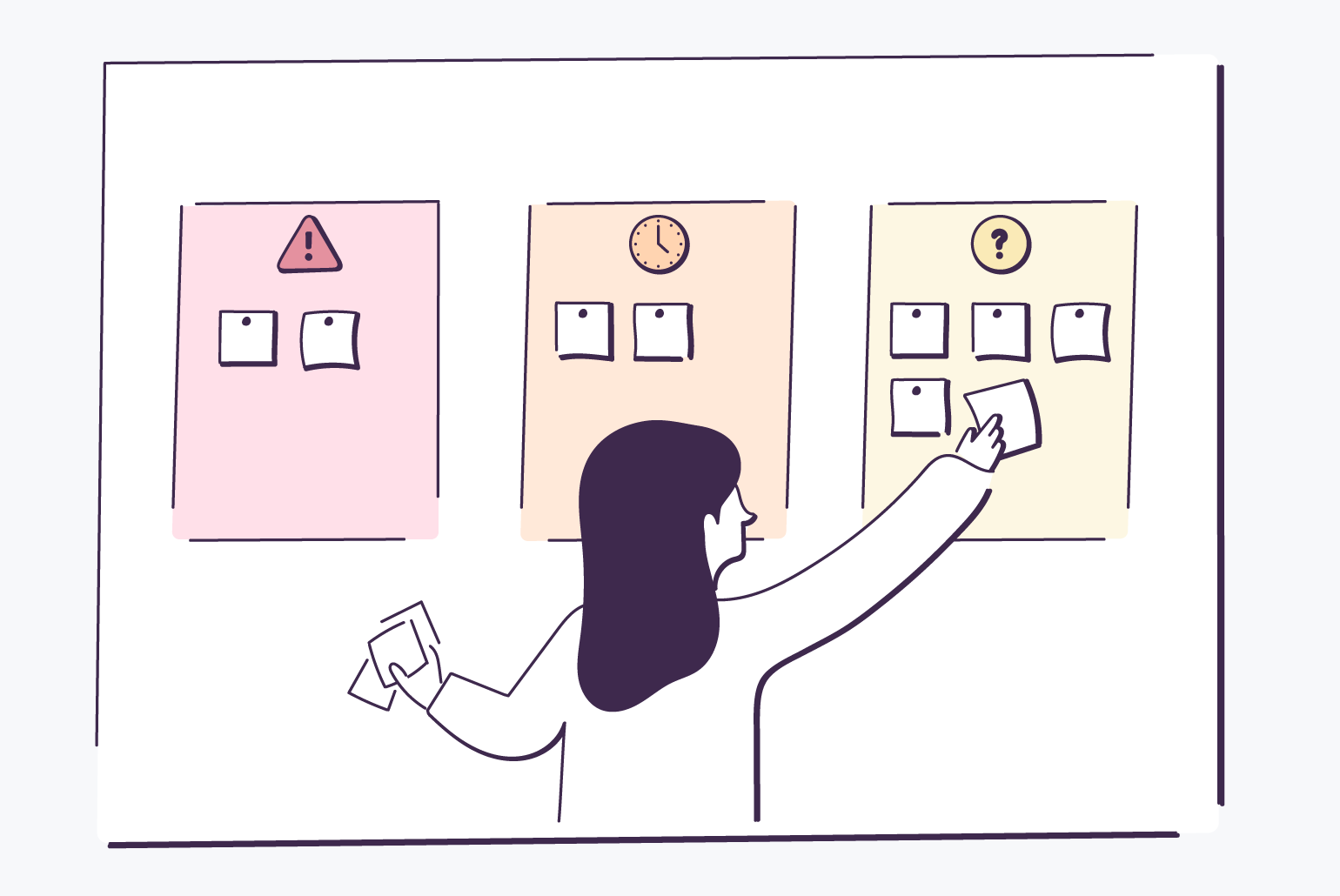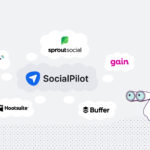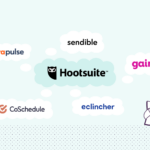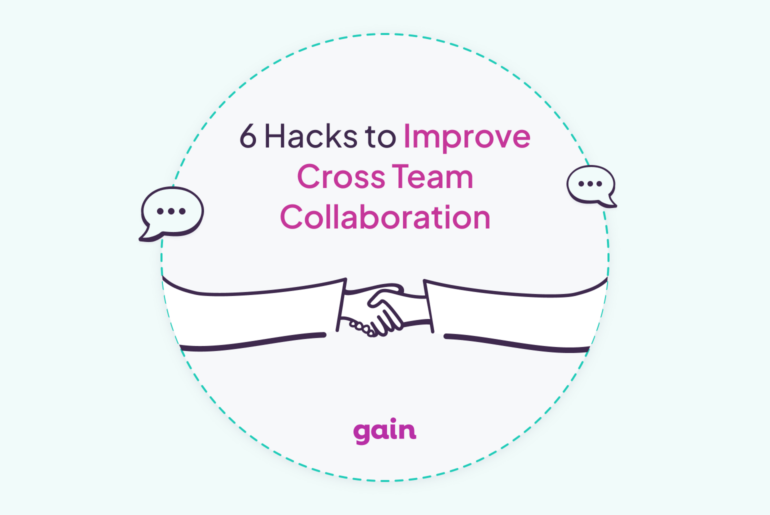Your team handles numerous projects and tasks for various clients every day. Tackling everything at once can lead to chaos and burnout. Instead, it’s necessary to step back and prioritize your clients’ work. As the saying goes, when everything is a priority, nothing is a priority.
Prioritizing client work, however, is easier said than done and can be one of the biggest challenges for managers and leaders.
Here are 8 tips to help you and your team prioritize your client’s work. But before we go over them, let’s talk about the importance of prioritizing client work.
3 Reasons Why You Should Prioritize Client Work
Increased Client Satisfaction
When you prioritize your client’s work, you show them that you value their business and that their needs are important to you. This will increase their satisfaction level and create a sense of loyalty towards your business.
Moreover, satisfied clients are more likely to refer new clients to your business, which can help you grow your customer base. A study by Qualtrics XM Institute found that consumers who rate a company’s experience as “good” are 38% more likely to recommend that company.
Better Project Outcomes
By prioritizing your client’s work, you can focus on delivering high-quality work that meets their needs. You will have more time to research, plan, and execute the project, which will help you achieve better results.
Moreover, when you prioritize your client’s work, you are more likely to meet their deadlines, which will lead to a better outcome and create a positive impression of your business.
Improved Reputation
When you prioritize your clients’ work, you build a reputation for delivering exceptional service. This reputation can help you attract new clients to your business. Word of mouth is a powerful marketing tool, and satisfied clients are more likely to recommend your business to their other businesses.
Furthermore, a good reputation can help you stand out from your competitors and give you a competitive edge.
Client Wants vs. Needs
Understanding the difference between client wants and needs is crucial for any project’s success. As an agency, you must be able to identify what your client wants and what they need to accomplish their goals.
While wants may seem important, they are not always necessary for the project’s success. As a result, it is essential to prioritize your client’s needs first. This way, you can ensure that you deliver a successful project that meets their fundamental requirements.
It is also important to note that sometimes a client’s wants can be disguised as needs. As an agency, you must be able to identify these situations and guide your client toward what is necessary for the project’s success.
When working with a client, have open communication and ask questions to understand their goals fully. This way, you can identify their needs and wants and prioritize them accordingly. Of course, if your clients are unresponsive, prioritizing their work could be challenging, so make sure you establish clear communication channels from the offset.
Furthermore, it is essential to keep in mind that a project’s needs and wants may change throughout the project’s duration. As an agency, you must be flexible and adapt to these changes to ensure the project’s success.
8 Tips to Help You Prioritize Client Work
1. Minimize Distractions
From unnecessary meetings and irrelevant phone calls to chatty coworkers and requests from other departments, frequent interruptions can distract team members from urgent tasks and kill their productivity.
A study by the University of California found that it takes an average of 23 minutes and 15 seconds to get yourself back on track after being interrupted. Numerous distractions can add up quickly, costing you hours of your workday!
Typically, managers and supervisors are responsible for minimizing distractions so that employees can give their full attention to completing tasks. For example, you can schedule meetings only when necessary or consider implementing a schedule where team members take turns fielding incoming calls for one another.
2. Set Realistic Expectations
It’s easy to get carried away and overestimate the amount of work your team can complete in a given timeframe. However, placing too much work on your employees’ plates can cause them stress. And when team members are overwhelmed and rush to complete tasks on time, the quality of their work diminishes.
Be practical and realistic in terms of what you expect employees to accomplish within a specific timeframe. This will make it easier for team members to plan their workday and complete tasks within their deadlines.
It’s also important to remember that your team can only do so much work within a day, and there may be times when you must postpone or quit a task altogether.
3. Sort Tasks by Urgency and Importance
While it may feel like every job is critical and needs immediate attention, this likely isn’t the case. When creating a to-do list for your team, it’s vital to arrange tasks by level of urgency and importance.
Using the Eisenhower Matrix, you can quickly prioritize tasks for client projects by putting them into these four quadrants:
- Do first – Tasks that are both important and urgent and need to be done immediately
- Schedule – Important, but less urgent tasks that you can schedule a time to do
- Delegate – Urgent, but less important tasks that you can delegate to others
- Don’t do – Neither urgent nor important tasks that you can choose not to do at all
As client work comes in, you can ask yourself which quadrant it falls under to decide its level of priority. For instance, your team may have work for a particular client that requires completion by the end of the day, or there will be severe consequences, such as a missed deadline or launch. These tasks, of course, are both important and urgent; therefore, they are high-priority.
Think about a task’s urgency and importance so your team can focus on work that takes precedence.
4. Schedule Regular Check-ins
Without regular check-ins, team members may feel lost or lack clear direction on client work. Check in with your team regularly to review priorities and track the progress of tasks.
Whether it’s in-person or by phone, schedule a time to meet with employees weekly to review priorities and ask team members how they’re feeling about current projects. This allows them to share any challenges or roadblocks they may be facing.
5. Get Visual
Meeting deadlines is critical for any marketer or agency. You can help team members align on goals and keep everyone on the same page by maintaining a team calendar that displays essential deadlines.
A well-organized team calendar for projects can help employees visualize how they spend their time and better manage their schedules. They can also see what the team is working on, and any upcoming deadlines, and track the progress of projects.
6. Encourage a Flexible Mindset
Realize that priorities can shift at any time. What was once a high-priority task the day before, might be replaced by another more urgent matter. Team members must be quick on their feet and ready to change gears according to business needs.
Managers should train team members to prepare for any sudden changes. Flexibility is a valuable trait that allows employees to evaluate and shift priorities according to their importance.
Being able to prioritize client work is vital to the success of projects and overall business. Your team can’t do everything at once, and trying to will likely result in stress and missed deadlines. By prioritizing tasks, your team can complete work based on what’s most pressing at the time.
7. Use Automation Tools
Client management tools can be beneficial when prioritizing client work. Utilize tools such as project management software, calendars, and to-do lists to stay organized and focused.
For example, our tool, Gain, helps marketing teams automate their entire content creation and client approval workflow, moving content from one person to another automatically, gathering feedback and tracking approvals.
Marketing agencies typically wait for days, sometimes even weeks after sharing their marketing content to receive their clients’ approval. For Gain users, the average time for sending content and receiving approval from their clients is just 22 minutes!
All in all, automation tools help you to prioritize your work efficiently and ensure that you are meeting your deadlines.
8. Measure and Evaluate
Lastly, measuring and evaluating your progress is essential when working with clients. Regularly review your work to ensure that you are meeting your client’s needs and delivering high-quality work. This will help you build a strong agency-client relationship and ensure they are satisfied with your work.
Conclusion
Prioritizing client work is essential to building a successful business. By understanding your client’s needs, aligning your team with their priorities, and using automation tools, you can prioritize their work efficiently and deliver high-quality results. Remember to communicate regularly with your clients, delegate tasks, and be flexible to their changing needs.
Gain is an easy-to-use tool that automates the gathering of feedback and approvals from clients or stakeholders, specifically designed for social media and marketing assets. Start a free trial and save precious time with an automated approval workflow for all your marketing content.






